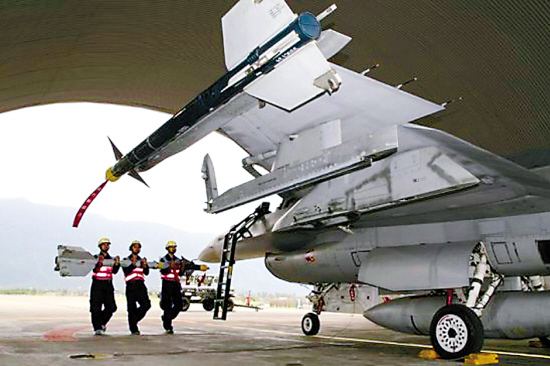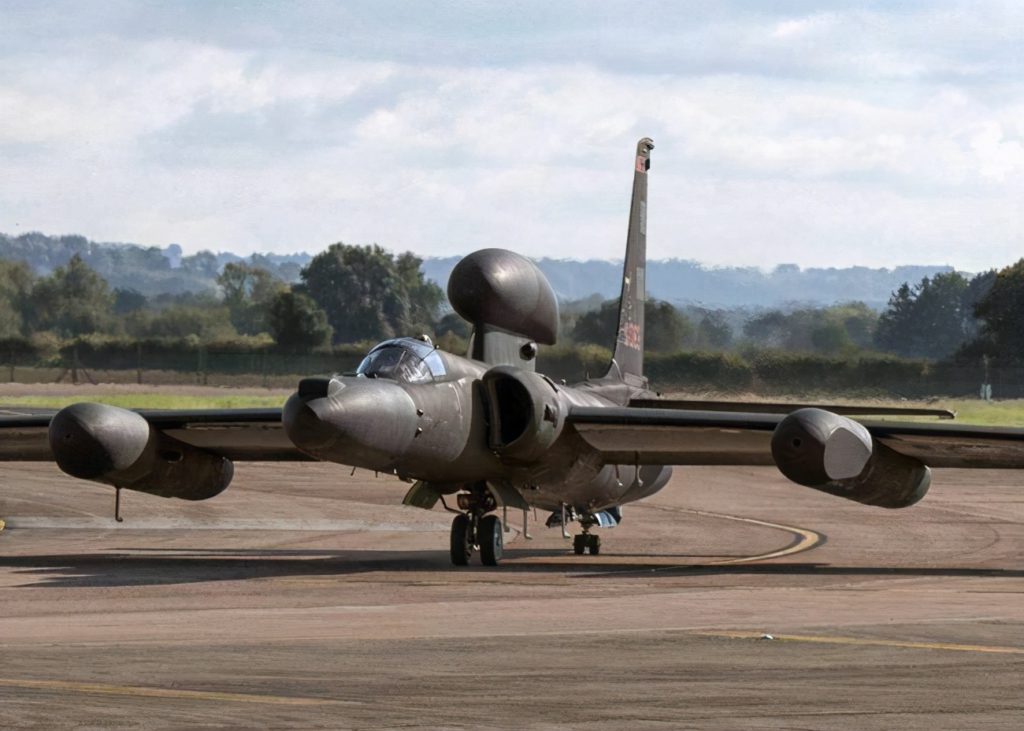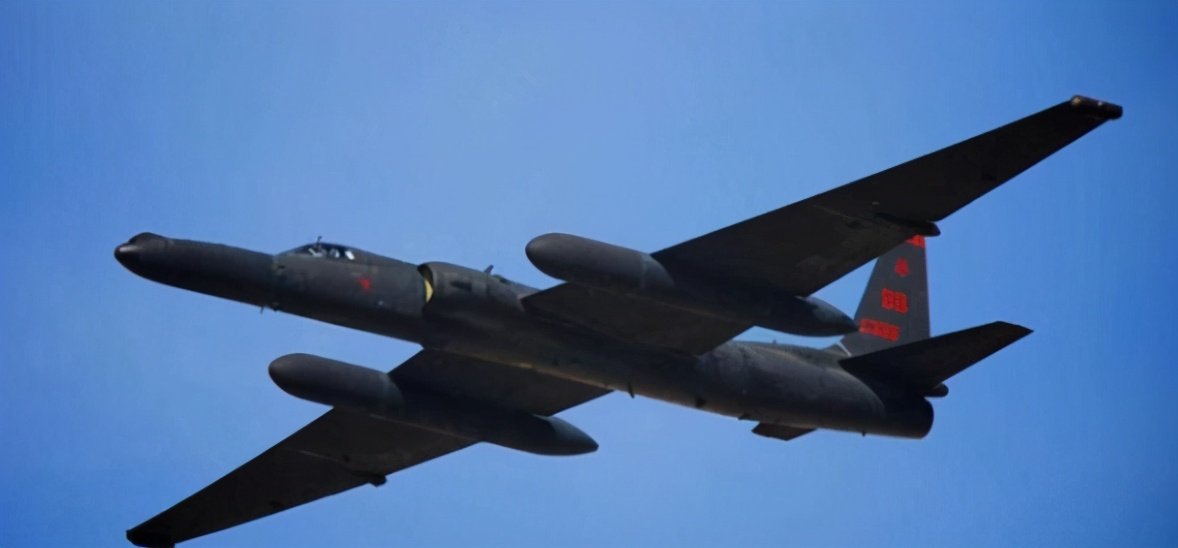Taiwan Strait Net reported on December 10 that a U.S. U-2A high-altitude reconnaissance plane was conducting high-altitude reconnaissance in the airspace north of the Taiwan Strait near the mainland.
This move triggered a “climax” of green media on the island, with some media claiming that the US military plane was “only 50 nautical miles” away from the mainland Fujian territorial sea baseline. At the same time, our military dispatched reconnaissance aircraft to fly close to Taiwan’s airspace, which Taiwan media generally interpreted as “a’different’ (competition) with the US military.”
The U-2A high-altitude reconnaissance aircraft sent by the US military this time is a high-altitude strategic reconnaissance aircraft developed by Lockheed in the 1950s.
The aircraft uses an aerodynamic design similar to a glider, with a high glide ratio of 23:1, a single-engine single-seater design, and a range of more than 5,700 kilometers.
During the Cold War, the aircraft has always been one of the most important strategic reconnaissance aircraft in the United States. Due to its outstanding performance, even its subsequent version, the SR-71 “Blackbird” reconnaissance aircraft, has been fully retired. It has continued to serve in the US military to this day.
Although the aircraft was developed in the 1950s, it is still one of the aircraft with the highest flying altitude. The U-2’s ultimate flying altitude can reach 27,000 meters, while the general working altitude can reach about 21,000 meters.
Only a few anti-aircraft missiles can reach this altitude. Among the interceptors, only the Russian MiG-31 can match it.

After the U-2A high-altitude reconnaissance plane approached the mainland to conduct investigations, the US media also followed up with accusations that Taiwan has the ability to “use force to resist reunification.” The well-known American military journalist David Aix published an article in Forbes that the 1,200 tanks owned by Taiwan would pose a deadly threat to the People’s Liberation Army infantry on the beach, who lacked protection. The green media on the island also attached like maggots, clamoring, “Either way, the PLA will suffer a lot if it wants to land in Taiwan.”
The island does have some advanced weapons and equipment, and its military strength is compared in Southeast Asia, South Asia and other regions. It is indeed not weak. But we must also see that strength and weakness are often relative, not absolute. The Iraqi army was the No. 1 Gulf power back then, but compared with the U.S. army, it is not enough.
The Taiwan authorities think they have a certain number of modern weapons, and they try to resist reunification by force, but what they have to face is the 1.4 billion People’s Liberation Army backed by it.
Of course, the United States is the greatest psychological support of the Taiwan authorities and the island society. This year alone, the United States has approved six arms sales to Taiwan in a row, making it America’s largest arms purchaser.
Judging from the current situation, the United States is trying to provoke a military conflict between the two sides of the Taiwan Strait, and uses the conflict to hold back the rise of mainland China and buy the United States breathing time.
In response to the separatists on the island, the United States has sent high-frequency reconnaissance aircraft close to mainland China and the South China Sea. Not only will it not make the situation in the Taiwan Strait safer, it will only become more and more dangerous.

Not only must we have a clear understanding of the US-Taiwan collusion and rejection of reunification, we also need to prepare necessary means. Judging from the current situation, the hope for peaceful reunification of the two sides of the strait has become increasingly dim.
Under the instigation and coercion of Washington, the separatists on the island have entered a certain kind of madness, and they will completely break with the motherland. Therefore, we must also prepare everything. Means of response.
With the rapid growth of the mainland’s comprehensive national strength, even if there is a conflict in the Taiwan Strait, Taiwan’s role in the mainland is rapidly declining, and it is no longer possible to drag the mainland’s development as the Americans imagined.
When necessary, the People’s Liberation Army should issue a thunderous blow at any time to end the separatist situation that has continued since 1946 and truly realize national unity.



